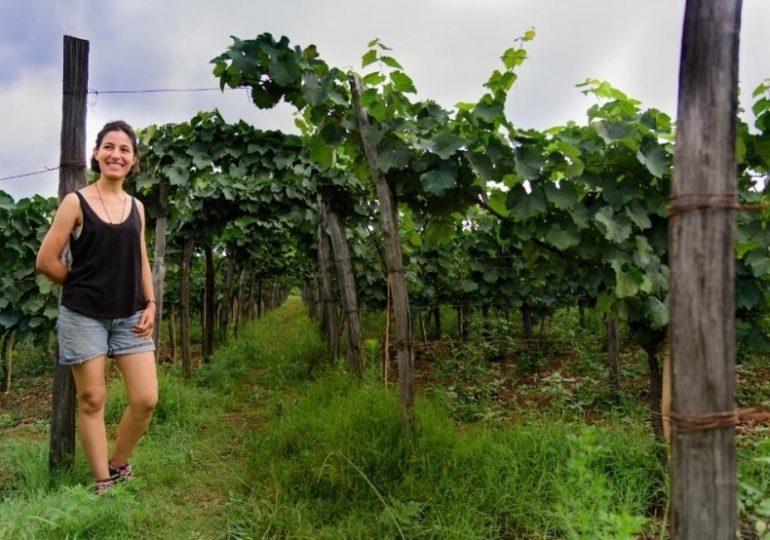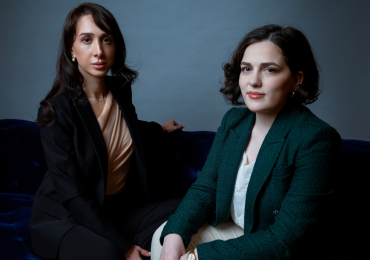In the village of Obcha, located in western Georgia, there’s seven acres of land where indigenous grapes grow without pesticides or fertilizers. The juice ferments inside traditional clay pots buried into the ground, called qvervi. Little is added over the next several months as the juice transforms into wine.
The result is Baia’s Wine – one of the most coveted labels coming out of Georgia today. It’s helmed by 25-year-old Baia Abuladze, a fourth-generation winemaker who grew up on the family farm, attended college in Tbilisi and started making her own wine just four years ago. She was named to Forbes’ 2019 30 Under 30 Europe list on Tuesday.
“I follow the old traditional methods and rules. They knew what to do and how important the land is,” says Abuladze, whose grandfather taught her to prune vines and pick grapes according to the moon cycle, a practice common among biodynamic winemakers today. “It’s really powerful to follow the moon. We do not have special equipment and other processes like stabilization by adding chemicals to fall back on.”
Abuladze sells four varieties that are all native to the region in Georgia, called Imereti, which is cooler and more humid than Georgia’s more well-traveled wine region, Kakheti. There’s two whites from tistska and tsolikouri grapes, as well as a red from otskhanuri sapere. But Abuladze is probably best-known for her krakhuna blend, which is macerated with the grape skins on for 15 days, giving the wine a deep orange hue.
She produced just 7,500 bottles in 2018, and started exporting the bulk to the U.S. last February. Most ends up in D.C., where it is sold at some of the buzziest tables in the capital, from Maydan (Bon Appetit no. 2 Best New Restaurant in America 2018) and Himitsu (ranked no. 4 in D.C. by Washington Post critic Tom Sietsema). Himitsu cofounder and beverage director Carlie Steiner says the wine is “unlike anything I’ve ever had, flavor-profile wise.”
“Georgians have been making natural, biodynamic wine decades before it became a trend. Her wine is an exemplary wine that balances tradition with new-age approachability,” says Steiner, who herself is an alum of the Forbes 2018 30 Under 30 Food and Drink list. “Its bouquet bursts with thyme and soft herbs and it drinks with a savoriness and salinity perfect for the food at Himitsu. The wine is self-contained umami.”
Now the question is, can Abuladze keep up with increasing demand? Her family has been steadily adding to its organic farmland, and Abuladze says she soon hopes to purchase another 15 acres to scale up production further. She plans to expand to 9,000 bottles this year. No matter what scale, Abuladze says she will stay true to her roots: “When people live in the village, they sometimes think it’s not a fashionable life. We are the proudest people.”
"Forbes Georgia-ის სარედაქციო ბლოგპოსტების სერია "როგორ გამდიდრდა“ და "საქართველო რეიტინგებში".















